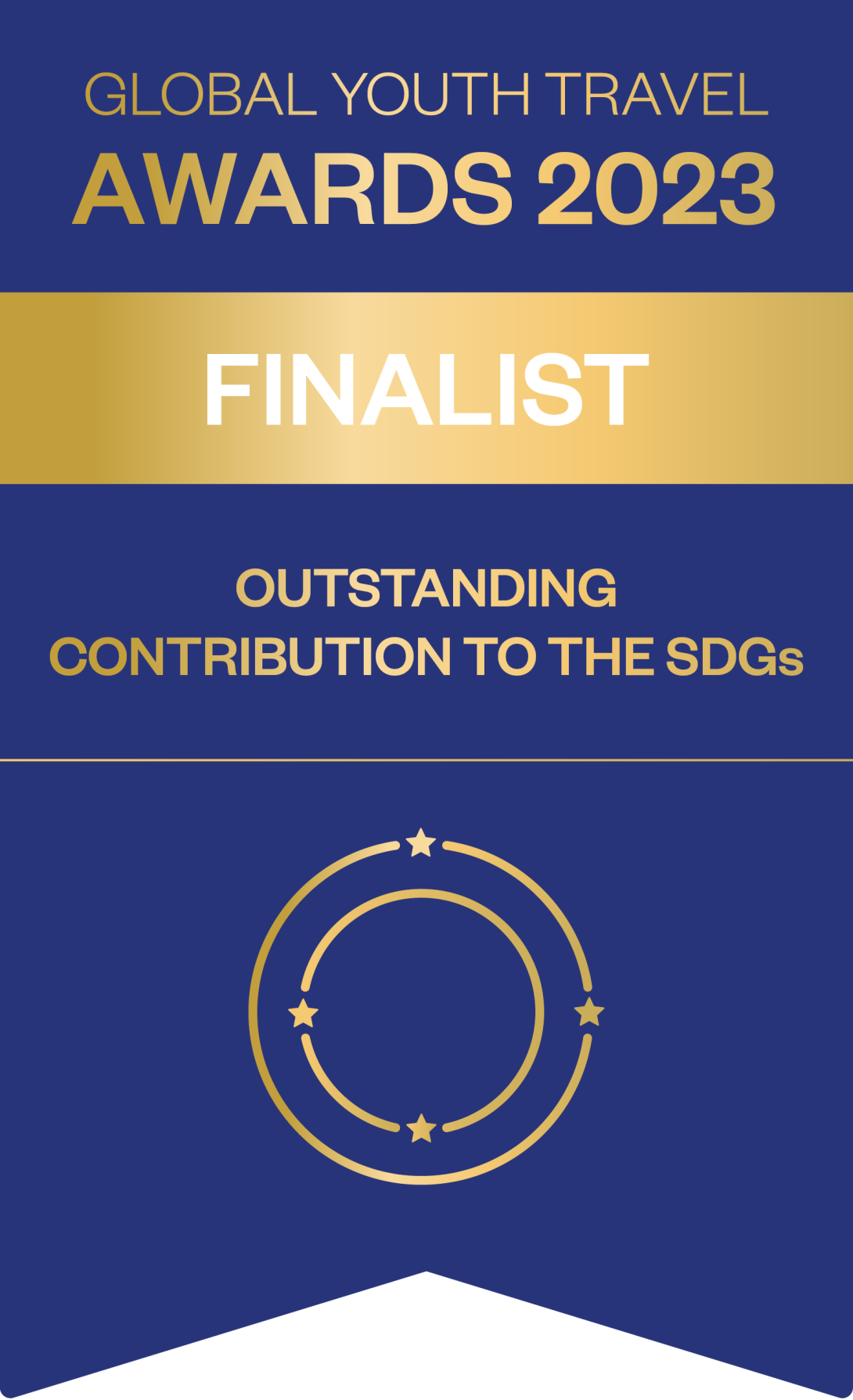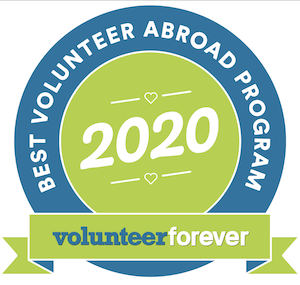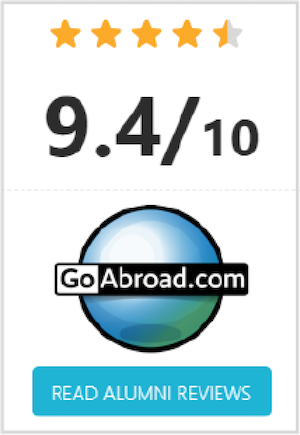The journey to medical school begins with the American Medical College Application Service (AMCAS).
With the 2025-2026 application cycle right around the corner, now is the perfect time to familiarize yourself with this process, even if you aren’t yet ready to apply.
Before we start, we want to make one thing clear: thousands of students struggle with the AMCAS.
So, if you’re feeling lost, you’re not alone. Keep reading if you need some extra support, or want to find out how you can support your application.
What is AMCAS and why does it matter?
AMCAS is the centralized application system for most U.S. medical schools. Think of it as your passport to admission.
It’s one standardized application that gets sent to all your chosen schools. This system simplifies what would otherwise be an overwhelming process of completing dozens of separate applications.
The application consists of nine key sections that work together to create a comprehensive picture of who you are as a candidate.
Medical school admissions committees use this information to determine if you have the academic ability, relevant experience, and personal qualities needed to succeed in medical school and beyond.
One of the key criteria is discussing your experience, and completing an internship abroad is a great way to raise some eyebrows.

Timing your application for success
The 2025-2026 AMCAS application cycle is just around the corner. The application opens on May 1, and you can submit your application starting May 27th. Med schools will start receiving these applications on June 27.
Since many medical schools review applications on a rolling basis, submitting early gives you a significant advantage.
Here's a timeline to keep in mind:
- May 1, 2025 - AMCAS opens
- May 27, 2025 - First day to submit applications
- June 27, 2025 - Medical schools begin receiving verified applications
- August to September 2025 - First wave of interview invitations begin
Remember that AMCAS needs to verify your application before schools can review it. During peak times, this verification process can take six to eight weeks! Submitting in early June versus late July could mean the difference between being in the first or third wave of applications reviewed.
Mastering the personal statement
Your personal statement is your opportunity to stand out beyond your grades and test scores.
In 5,300 characters, you need to convey your motivation for pursuing medicine, highlight significant experiences, and demonstrate the personal qualities that make you an excellent candidate.
The most compelling personal statements start with an engaging hook that captures attention and tells a cohesive story rather than listing accomplishments.
They show genuine self-reflection and personal growth while connecting past experiences to your future in medicine. End with a memorable conclusion that reinforces your commitment to becoming a physician.
We recommend that you begin drafting your personal statement months in advance to allow time for multiple revisions and feedback from trusted mentors.

Demonstrating your experiences
The Work and Activities section allows you to highlight up to 15 experiences, with three designated as "most meaningful." This section is your chance to demonstrate the depth and the breadth of your preparation for medicine. This is where we come in.
Our international medicine and healthcare internships give you real world experience in a global healthcare setting. You will get the chance to shadow and assist experienced professionals in hospitals, discover your career path, and enjoy an adventure abroad along the way.
In fact, we have tailor-made Pre-Med courses specifically designed to help you stand out in your medical applications. They cover everything you need to truly make an impression, including 40+ physician shadowing hours and 15+ community volunteer service hours.
This program is available in:
When describing your experiences, focus on what you contributed with specific examples, what you learned, and how each experience influenced your development and understanding of medicine.
For clinical experiences, highlight patient interactions and insights gained about healthcare. Your research contributions should include methodologies and outcomes, while community service entries should explain how these experiences broadened your perspective on healthcare access.
Choosing your letters of evaluation
Your letters of evaluation provide external validation of your qualifications and character. Choose evaluators who know you well and can speak specifically to your readiness for medical school.
When requesting letters, provide your evaluators with:
- Your resume or CV
- A draft of your personal statement
- Specific reminders of your interactions or accomplishments
- Clear instructions for submission through AMCAS
Strong applications typically include letters from science professors, physicians who have observed you in clinical settings, research mentors, and individuals who can attest to your character and interpersonal skills.
This is something we can provide. Reach out to us after completing one of our medical internships and we’ll arrange everything for you.

A strategic approach to school selection
The medical schools you select should reflect a thoughtful strategy rather than simply targeting the most prestigious institutions. Create a balanced list that includes schools where your metrics align with their medians and those with missions that resonate with your goals.
If you’re applying out of state, consider locations where you'd be happy to live for four years and include a mix of public and private institutions. Only 9,306 out-of-state students matriculated last year compared to the 13,850 in-state matriculants, so apply in-state as much as you can.
Research each school thoroughly to understand its mission, curriculum, and special programs. This knowledge will not only help you select appropriate schools but also prepare you for secondary applications and interviews.
Many applicants make the mistake of applying to too many schools without sufficient research, resulting in generic applications that don’t show genuine interest.
After submission: the next steps
Once your AMCAS application is submitted and verified, your journey continues with secondary applications, interviews, and updates. Most schools send secondary applications with additional essays specific to their programs. Research common prompts to prepare for these in advance.
As schools review your complete application, you may receive interview invitations. Research each school's interview format (traditional, MMI, virtual) and prepare accordingly. Throughout this process, continue strengthening your application by sending update letters about significant accomplishments or experiences that occur after submission.
The waiting period after submission can be challenging, but use this time productively. Continue gaining relevant experiences, practice your interview skills, and maintain connections with mentors who can guide you as you navigate the next phases of the application process.
If you're feeling uncertain about any aspects of your application, consider reaching out to peers who are also applying or current medical students for their insights. Your school's pre-health advisors can offer helpful resources. If you need more personalized medical school application help, professional admissions consultants can help you submit a winning application.

Final thoughts
The AMCAS application process may seem daunting, but with careful planning and attention to detail, you can create an application that effectively communicates your qualifications and passion for medicine.
Remember that this process is not merely about checking boxes but about telling your story and demonstrating why you would make an excellent physician.
Check out our international Pre-Med programs to make sure you get the stand-out experience needed for your application.
Any questions? Get in touch!
This blog is a guest post which was authored by Arush Chandna, founder of Inspira Advantage.
Our accreditations


















